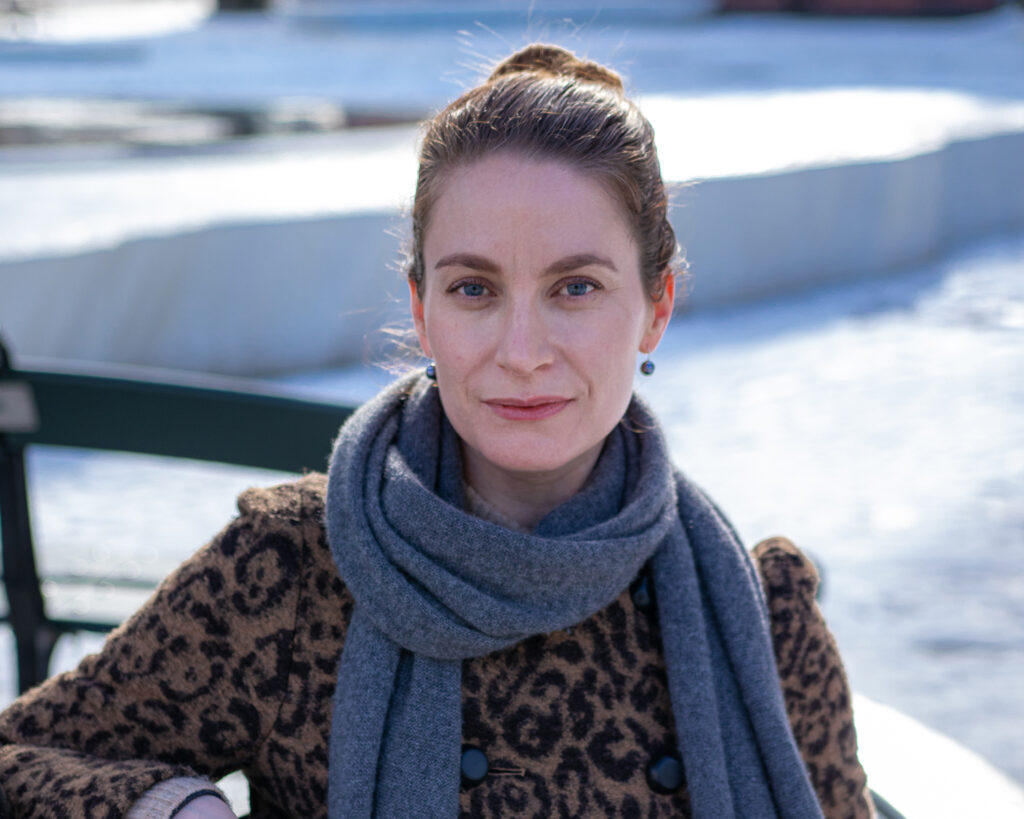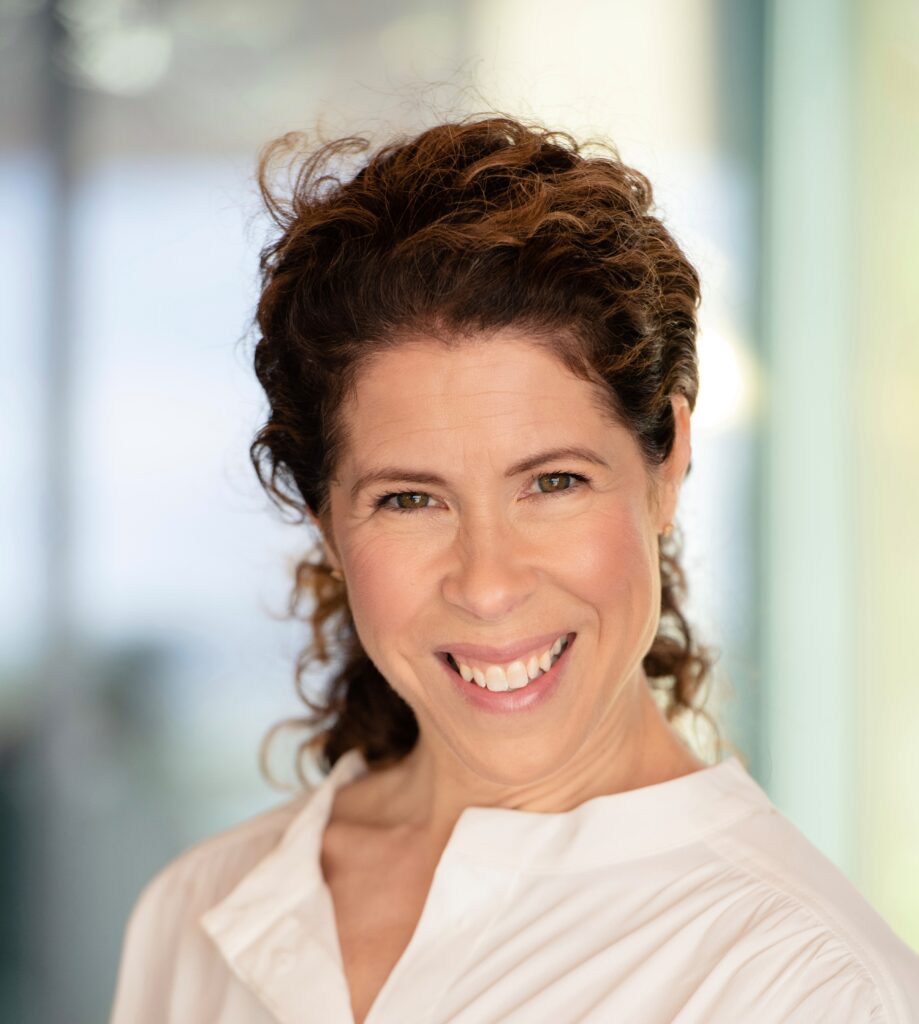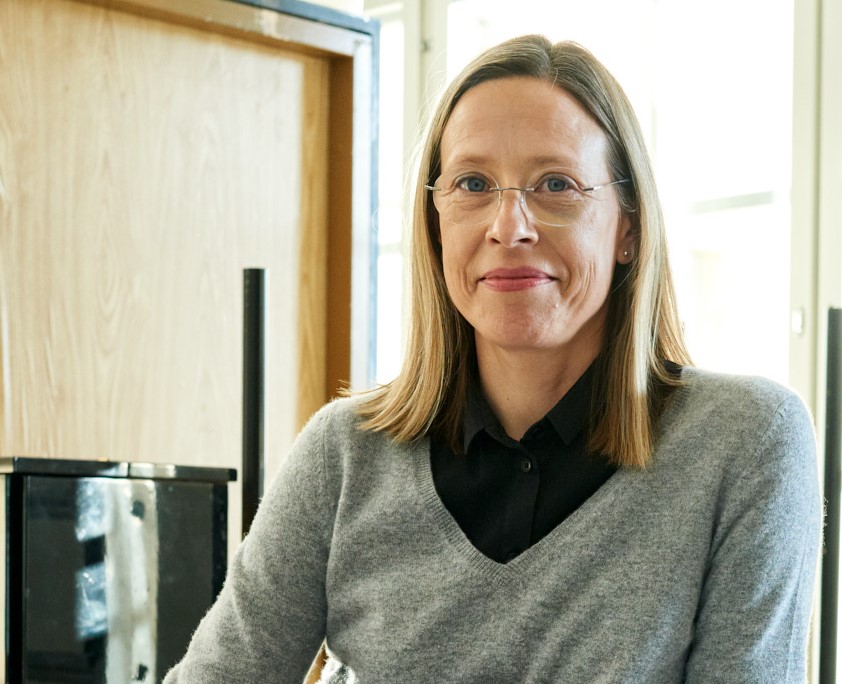
Rose Martin (New Zealand/Norway). Dean at the Faculty of Education, Arts and Culture, Nord University.
What difference can a dance make? Dancing our way out of crisis and collapse
With a world that (again) feels like it is teetering on collapse, between conflicts and climate crises, political polarizations and social and economic inequalities, the last thing we might feel like doing is dancing. However, I ask: Maybe dance is a part of the answer(s) we need to save the world from itself? Through an autoethnographic and narrative approach, I share how the embodied, communal, relational, democratic, and empathetic practices that dance might be able to activate, create, and support need to be seriously considered in light of the extreme and challenging times we live in. This presentation shares my quest to further understand how dance, and particularly community dance, may play a meaningful role in fostering community and assisting to solve some of the challenges the world faces through social justice, ethical practice, dialogue, and celebration of difference. By digging deep into what dance might activate and affect, without the assumption that dance is some sort of ‘quick fix’ to problems, it might be possible to gain insight of how the act of dancing could be an entrance, experience, opportunity, or encounter required in trying times. Leaning on and into theories from thinkers such a bell hooks, Paulo Freire, Hannah Arendt, Rosi Braidotti, Olivia Laing, and Skye Cleary, I deliver a response to the questions: What difference can a dance make? And can we dance our way out of crisis and collapse? Through situating and considering dance as a form, practice, and experience that is knitted of and within the world(s) we inhabit, there is the chance to contemplate how education, communities, politics, policies, and societies might re-view and re-imagine dance, and in turn the world around us.
Rose Martin (PhD) is Dean of the Faculty of Education, Arts and Culture at Nord University and a Professor of Arts Education. Rose was a dancer with the Royal New Zealand Ballet, and prior to joining Nord University she held academic positions at the University of Auckland, New Zealand, and the Norwegian University of Science and Technology, Norway. Rose has extensive experience in research and teaching in the Middle East, Europe, Oceania, and Asia. Her research interests include dance education;arts and politics; and inclusive arts practices. Rose has authored over 70 peer reviewed journal articles, book chapters, and books.

Elizabeth Svarstad (Norway). Independent dancer, choreographer, movement director and dance researcher.
The art of dancing in history/research/today
Knowledge about dance in the past enables us to reflect upon, question, and make conscious choices about our practice and art from a long and essential perspective. As a dancer and researcher in the field of historical dance, interpreting historical sources for dance is a great part of my work. I use European dance manuals and collections with dance-notated choreographies from the eighteenth and nineteenth centuries to reconstruct dances for performing and teaching. Also, 15 dance books from Norwegian archives were the primary sources for my research on dance as social education from 1750 to 1820. Reflections on how we can approach past dance practices from a contemporary point of view, the artist and researcher’s subjectivity, and what factors come into play when interpreting dance in history are essential parts of my work. A turning point in my research, when I realized that I could not separate the researcher from the dancer, forms the starting point for discussing the importance of the researcher’s practice knowledge and bodily experience. Through examples from findings about dance and dancers in history, I will talk about a combination of three methodological approaches that acknowledge how the researcher’s experience may affect the upshots. Hermeneutics; interpretation and sense-making in meeting with the historical source material, tacit knowledge; implicit and undefinable in a dancer/dance-literate researcher, and practice-based research; acknowledges practice and an artistic relation to the material being studied in research on past practices.
Elizabeth Svarstad holds a BA in dance from The Norwegian Ballet Academy (Kristiania University College), an MA, and a PhD in dance studies from The Norwegian University for Science and Technology. She is an expert in historical dances and teaches at The Norwegian Academy of Music and The Academy of Opera in Oslo. She is also an independent dancer, choreographer, teacher, and researcher. Svarstad is an editorial board member of The Nordic Journal of Dance and has published with Ibsen Studies, Dreyer, Frank & Timme, Routledge, and Bokselskap, and has contributed to The Nordic Minuet (Open Book Publishers 2024).

Leena Rouhiainen (Finland). Head of University of the Arts Research Institute, and Vice Dean and Professor of Artistic Research, Theatre Academy, University of the Arts Helsinki.
The co-embodiment of dancers in language-based site-specific choreography
In dance studies issues related to performing dancers have been generally less explored than diverse choreographic problems. Yet there is some dance research that has addressed the shifting embodiment, agency, and identity of the dancer. Without always offering information about its positionality, the articulations of such research have reflected the kinds of dance and dancing addressed and typically have taken the individual dancer’s perspective. As examples, in relation to the lineage of Western modern and contemporary dance, in the 1970s and 1980’s there was special interest in the kind of embodied experience dancing affords to dancers and the moment of dancing was addressed as a form of thinking-in-movement (Sheets-Johnstone 1981). During this time, it was still typical that the different dance techniques of modern dance strongly marked the dancer’s body. This situation shifted when contemporary dance’s eclectic vocabularies required skilled dancers without rigid stylistic imprints on their bodies (Foster 1997). Increasingly inter-disciplinary genres of performance which combine technology, site-specific approaches, and interaction with different species, led to dancers being depicted to embody a moving identity that accumulated and altered through encounters with new choreographic patterns and frames (e.g. Roche 2009). Additionally, throughout the late 20th and early 21st century unfolding choreographic processes based in devising, scores, or other improvisatory means, have likewise begun to underline the artistic agency of dancers, their choices and actions, as an important contribution to the way performances materialize. In this presentation, I will look into how some progressive forms of language-based choreographic practices orient and can continue to develop the co-embodiment of dancers. My focus here is on collaborative site-specific practices that entail motional exploration of chosen physical environments as well as language-based articulation (cf. Kellokumpu 2019; Kramer 2020; Heimonen & Rouhiainen 2022). In addressing this issue, I will introduce a few concrete practical examples, explore co-embodiment and the impact focused language-use has on dancers’ embodiment and agency through a phenomenological lens.
Leena Rouhiainen is Head of the Research Institute of the University of the Arts Helsinki and Professor of Artistic Research at the university’s Theatre Academy. She is a dancer and choreographer whose research interests lie in somatics, choreography, experimental writing, phenomenology and artistic research. She has published articles and co-edited journals and books in these areas. The latest volume includes Writing Choreography: Textualities of and beyond Dance (2024 Routledge) with colleagues K. Heimonen, B. Hilton and C. Parkinson. Rouhiainen was chair of the board of Nordic Forum for Dance Research (NOFOD) between 2008–2010 and executive board member of Society for Artistic Research (SAR) between 2015–2020.
